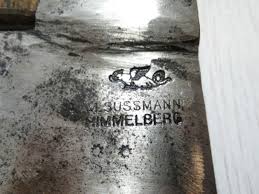- Joined
- Aug 21, 2013
- Messages
- 3,898
Austrian/German Breitaxt Hewing axe.
It might go by a different name but Breitaxt came up often in translated reading.
5.5lbs, 13.5 inches heel to toe, 9.5inches from edge to poll.
The edge seems pretty much intact that is what caught my eye. There is one spot on the collar that has about an eighth to a quarter of an inch push in of the metal.
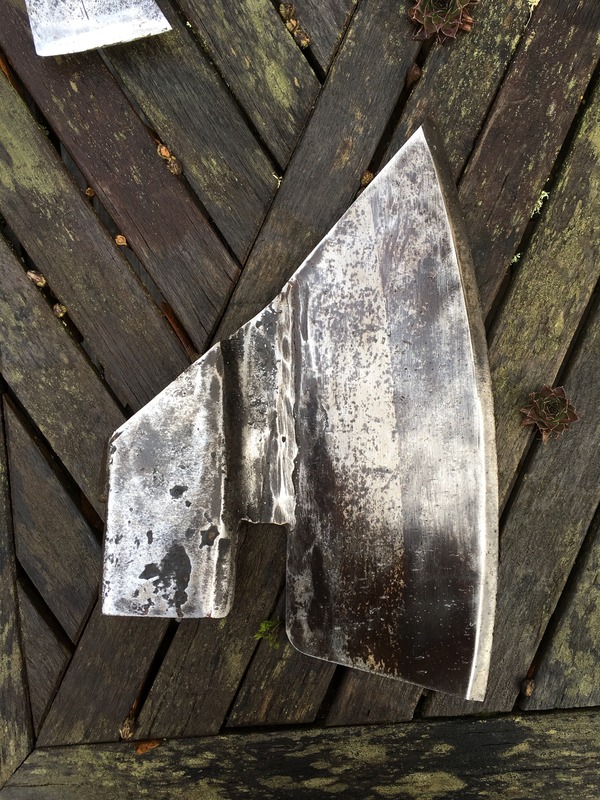
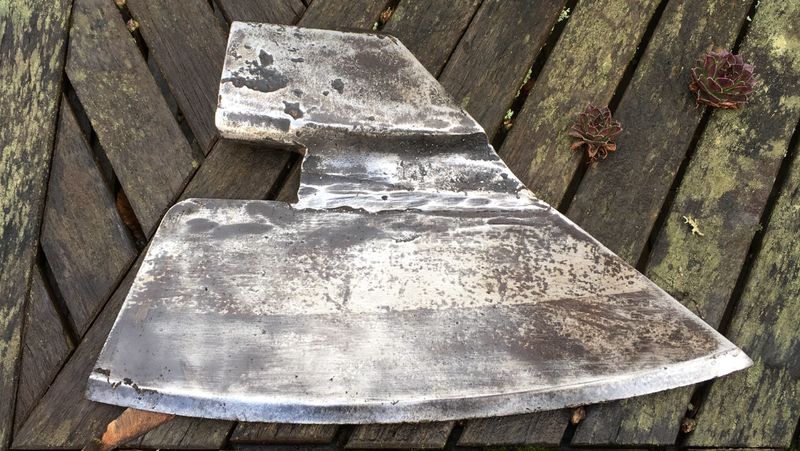
Flat side/cutting surface
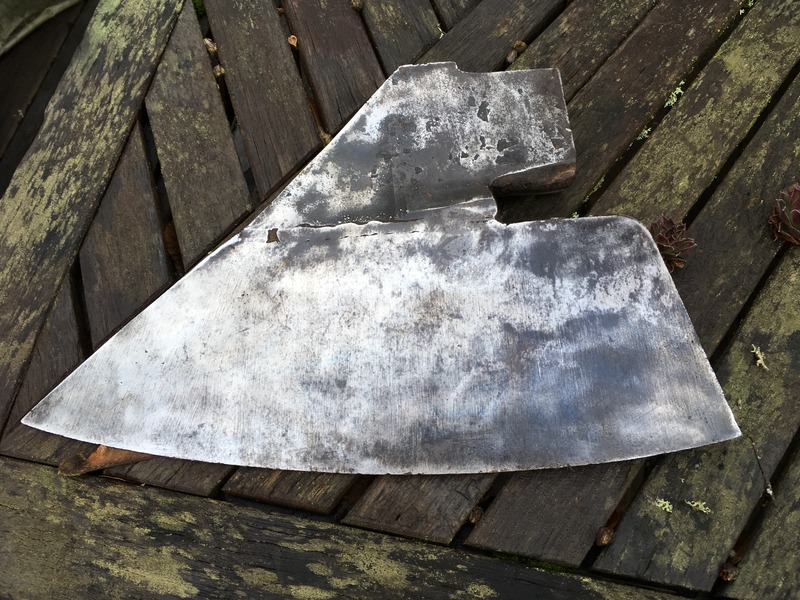
Eye/poll head on:
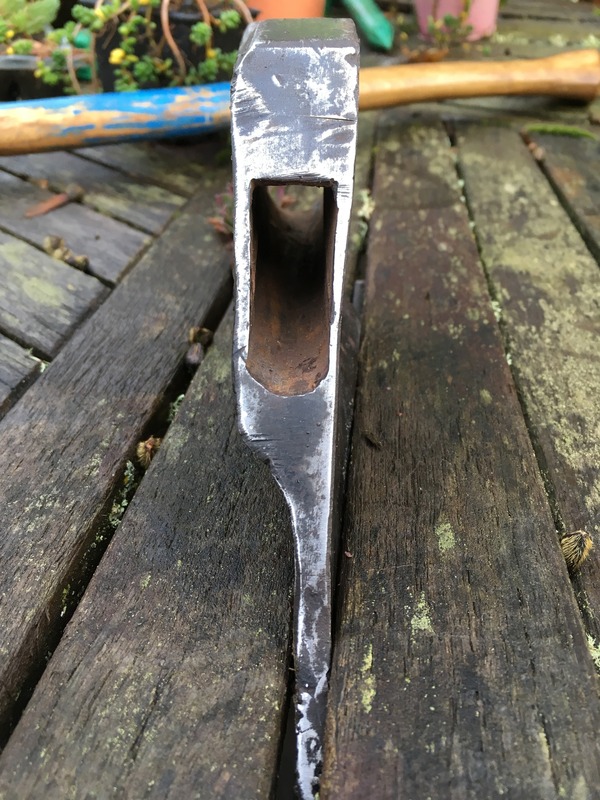
Eye/collar base:

Repair? It seems solid enough. Im sure it will outlive me even if used guessing it has maybe twice or more already. Hard to say.
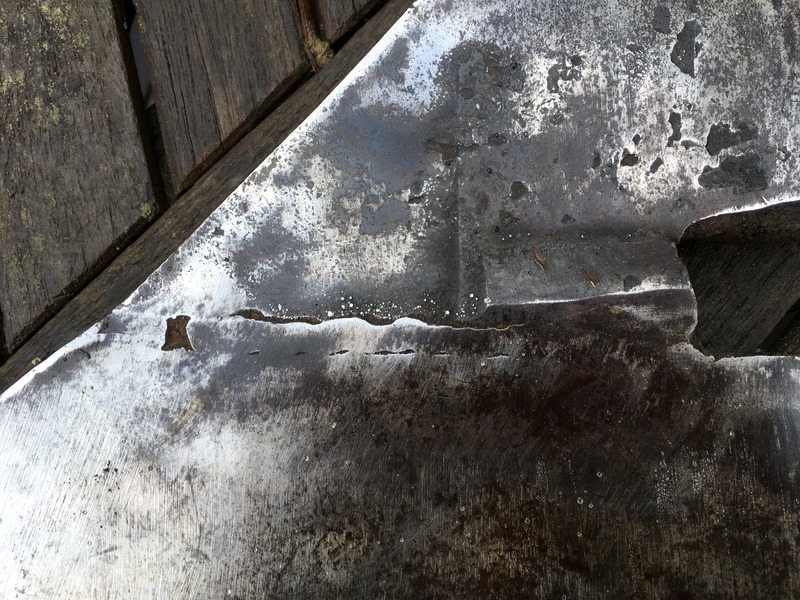
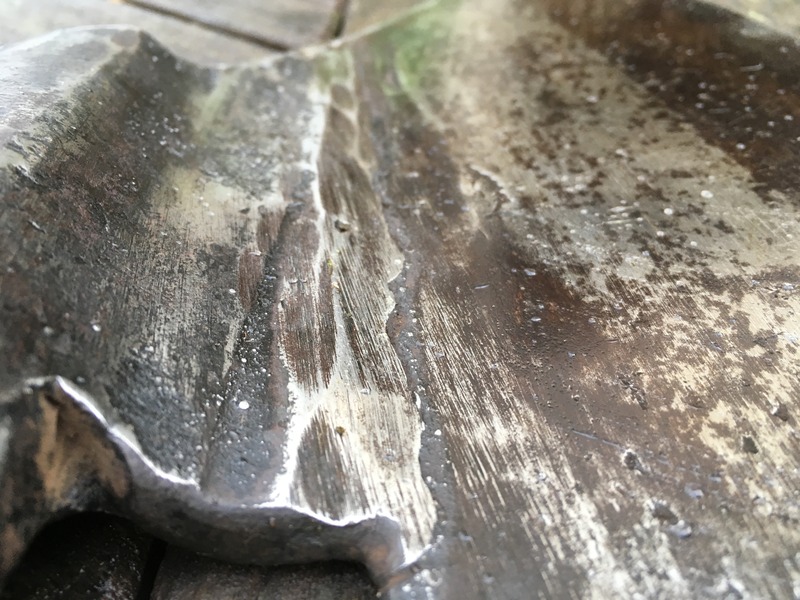
This is a listing of some sort for the same looking axe:
https://www.the-saleroom.com/fr-fr/...0006/lot-3123b8c3-1dbd-4d50-9eee-a42e011beae7
Here is a closer view of the marking in the listing:

And here is what I can make out of the mark on the one here:

They look similar but I am not sure who made it for sure. I see a reference for a winged dragon here:
Geflügelter Drache mit Sense = Mayr u Wildenhofer, St. Gallen
Winged Dragon with sign - Mayr u Wildenhofer, St. Gallen
http://www.holzwerken.de/museum/hersteller/marken.phtml
I came across this wiki site dedicated to the makers of Austrian tools (scythes in particular), forge hammer dates, associated guilds/makers, tool markings, regions, history, etc:
http://www.wikiwand.com/de/Liste_der_Sensenwerke_in_Österreich#/Rottenmann_.28R.29
Guild:
New Sensen (scythe) hammer to St. Gallen (Mayer and Wildenhofer, Koller)
Character:
Flaming heart in the laurel wreath;Winged Dragon with Sense [1]
Place
St. Gallen
Waters
Bill Bach (Enns )
Founding to decommission:
1883-1958
Remarks:
Before stuffing - I don't speak German but I think that is a reference to forge/hammer process?
Sense seems to translate to Scythe. Not speaking German, I am assuming that Sensehammer translates as Scythehammer in English.
Anyone venture a guess as to what type/style of forge hammer that is?
Experience, input, resources, anecdotal info, and/or corrections are welcome.
It might go by a different name but Breitaxt came up often in translated reading.
5.5lbs, 13.5 inches heel to toe, 9.5inches from edge to poll.
The edge seems pretty much intact that is what caught my eye. There is one spot on the collar that has about an eighth to a quarter of an inch push in of the metal.


Flat side/cutting surface

Eye/poll head on:

Eye/collar base:

Repair? It seems solid enough. Im sure it will outlive me even if used guessing it has maybe twice or more already. Hard to say.


This is a listing of some sort for the same looking axe:
https://www.the-saleroom.com/fr-fr/...0006/lot-3123b8c3-1dbd-4d50-9eee-a42e011beae7
Here is an auction from 2014 that mentions An Austrian broad axe with faint mark of M SUSSMAN c1910 with 13"" edge.
https://www.the-saleroom.com/fr-fr/...0006/lot-3123b8c3-1dbd-4d50-9eee-a42e011beae7

Here is a closer view of the marking in the listing:

And here is what I can make out of the mark on the one here:

They look similar but I am not sure who made it for sure. I see a reference for a winged dragon here:
Geflügelter Drache mit Sense = Mayr u Wildenhofer, St. Gallen
Winged Dragon with sign - Mayr u Wildenhofer, St. Gallen
http://www.holzwerken.de/museum/hersteller/marken.phtml
I came across this wiki site dedicated to the makers of Austrian tools (scythes in particular), forge hammer dates, associated guilds/makers, tool markings, regions, history, etc:
http://www.wikiwand.com/de/Liste_der_Sensenwerke_in_Österreich#/Rottenmann_.28R.29
Guild:
New Sensen (scythe) hammer to St. Gallen (Mayer and Wildenhofer, Koller)
Character:
Flaming heart in the laurel wreath;Winged Dragon with Sense [1]
Place
St. Gallen
Waters
Bill Bach (Enns )
Founding to decommission:
1883-1958
Remarks:
Before stuffing - I don't speak German but I think that is a reference to forge/hammer process?
Sense seems to translate to Scythe. Not speaking German, I am assuming that Sensehammer translates as Scythehammer in English.
Anyone venture a guess as to what type/style of forge hammer that is?
Experience, input, resources, anecdotal info, and/or corrections are welcome.
Last edited:



